top of page

Dry Waste Management.
A study to understand the whole waste management system and sub system ( dry waster management ) level interaction of residential area to find creative design solutions.
3 Weeks
Purpose of Study
+Analysing whole system to eliminate redundant component or to add new component in the system.
+Identifying opportunities for sub system level design interaction.
+ Field research to understand the flow of system.
Main System
Housekeeping of residential building
Focus Area
Waster Management
Significance of focus area
One of the biggest problem of housing in urban areas is the disposal of household waste. With the rise of population more and more housing societies increases and as a result the disposal of waste is also increased, because of that waste management has become one of the most vital issues in every city as authorities are finding it difficult to dispose of huge amount of waste generated everyday. Although authorities have workers to collect and segregate waste, they are not enough in numbers compared to household. Thus, most of collected waste directly goes to dumping sites, which leads to number of serious and highly publicized pollution incidents leading to environmental and human health impacts.
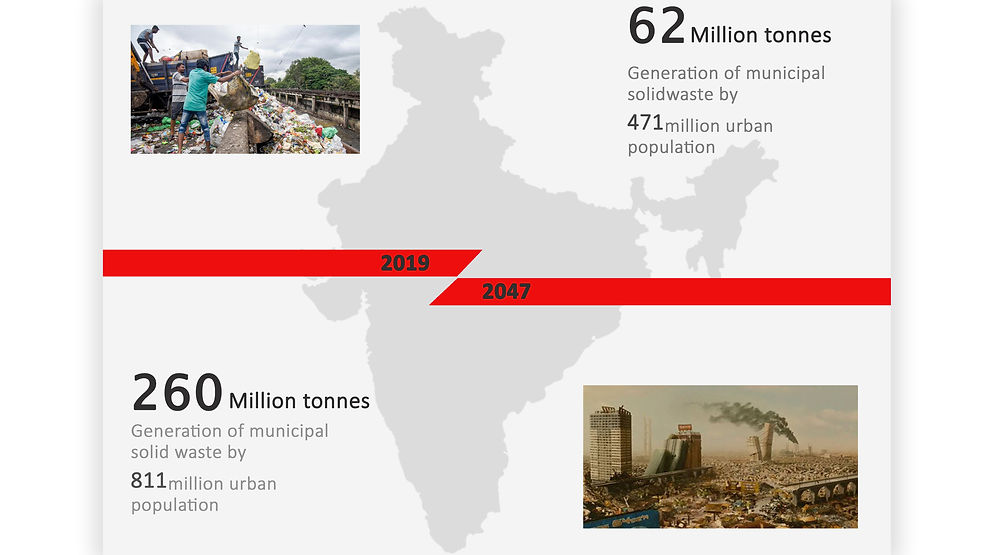
Understanding the system
Practising user experience designing made me explore the area which needs social awareness as well as well planned system.
As a part of this project, I have gone through the deeper meaning of system design from the perspective of user experience designer.
The aim of the project was to build a strong understanding of system, sub system and factors affecting the flow of the system.
"" Go to the roots ""
What I Did?
+ Detail study of system as a whole.
+ Explored the system component in detail to understand the impact of each component on the
system and with each other.
+ Figured out the process of waste generation, collection and disposal.
+ Generated empathy map to understand the target audience on better level.
This is how I started...
System as a whole :
The location I used to study my system design project is Pride World City, Pune.
First challenge was to understand the system of residential building. I took help of my friends and residents to brainstorm about the entire residential system.
I prepared the detail and organised chart to study all the component of the system. By doing so I was able to understand the how each component has vital role in the system and how each component has impact on other components of system either directly or indirectly.
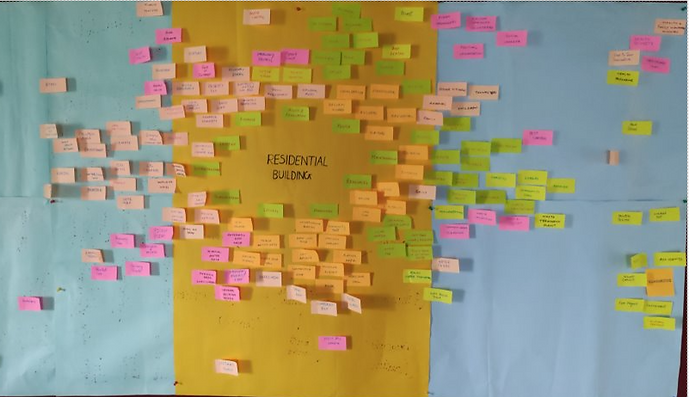

System Breakdown :
To get a wider picture and observe small details about the system, I have break down system with its external and internal components. The detail study helped me figured out the system as a whole and impact of each components that keeps the system running.

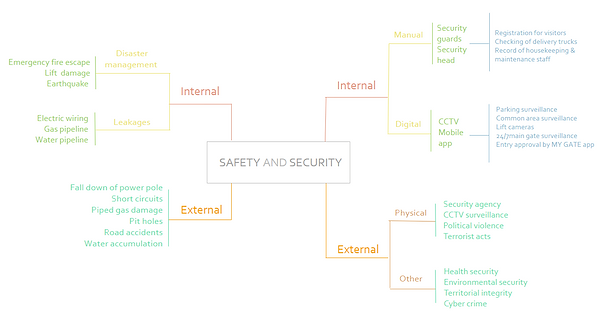





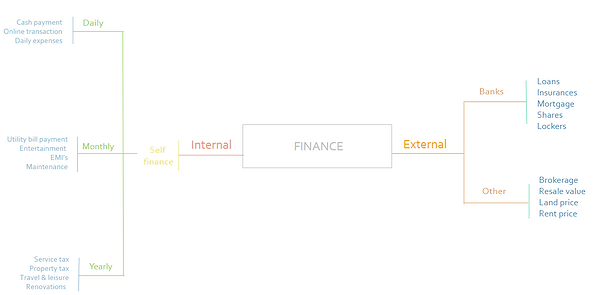
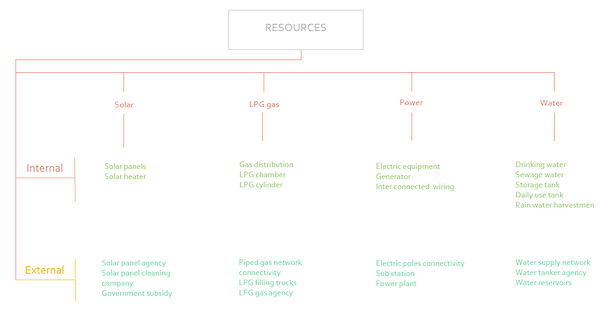
Residential Building
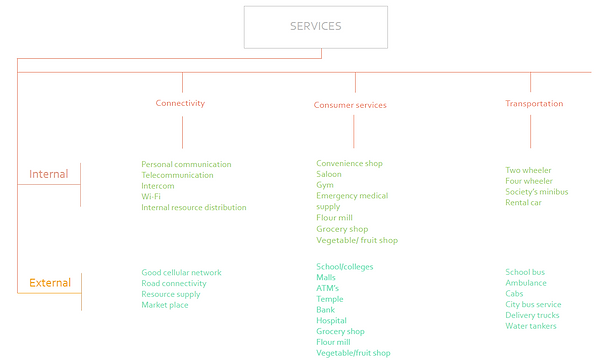
External Components of selected system - Housekeeping

Focus Area
Breakdown the sub system - Waste management
Waste Management
Process
+ Collection
+ Transportation
+ Segregation
+ Recycling
+ Disposal
Type of waste
+ Dry Waste
+ Wet Waste
+ Sewage Waste
+ Bio Medical Waste
Problems
+ Bad Odour
+ Improper Segregation
+ Health Issues
+ Overloaded bins
+ Open landfills
+ No standardization
Equipment/ Tools
+ Soft Brooms
+ Dustbins
+ Mops
+ Gloves
+ Baskets
Dry waste is non-biodegradable and can be typically defined as the materials or waste that do not rot or decay over time. These waste contains very little or almost no moisture content. Most of the dry waste can be easily recycled and reused. It’s not only problem with plastic waste but with all forms of wastes that are ineffectively disposed of be it used plastics, broken glass, obsolete cell phone, used battery cells, or cardboard cartons. Though there is no initial level segregation is involved for dry waste, it requires a human force at landfills to segregate dry waste. Even after that, lot of dry waste is being buried and later it is harming environment. People working on landfills often suffer from injuries while doing their job.
To avoid this scenario, it is required to take action and prepare strategy at initial level. To get more closer picture I have analyzed the dry waste management chain.
Why Dry Waste ?
Waste Generation to Waste Disposal
Waste generation


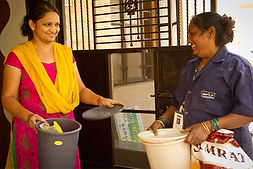




First level Segregation
First level recycling
Initial collection
Storage
Second level segregation
Dry waste generated at household level
Dry waste and wet waste is segregated at primary level and kept it outside. (Every house waste is not segregated )
Waste outside individual space is collected by housekeeping staff of building.
Collected waste is segregated at basic level either manually or with the help of duck. ( Though not proper segregation is done)
Waste storage at particular location in building for further disposal
Some kind of dry waste is collected by scrap buyers. (They send it for recycling)
Final disposal and segregation
Second level collection and transfer
Recycling Process
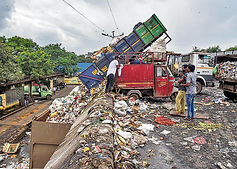


Finally, the waste is dumped into landfills where final segregation takes place manually and actions are being taken for recycling.
Segregated waste is collected by corporation waste collection vehicles which follows odd- even days cycle to collect dry and wet waste. Some places private agency's vehicles are coming to take waste for further disposal.
What I observe ?
Sanitary waste
1. Dry waste itself has lot of variety and handling, storage and disposal of each type varies depends on its properties and nature.
2. There is color coding for dry waste category to make handling and disposal easy.
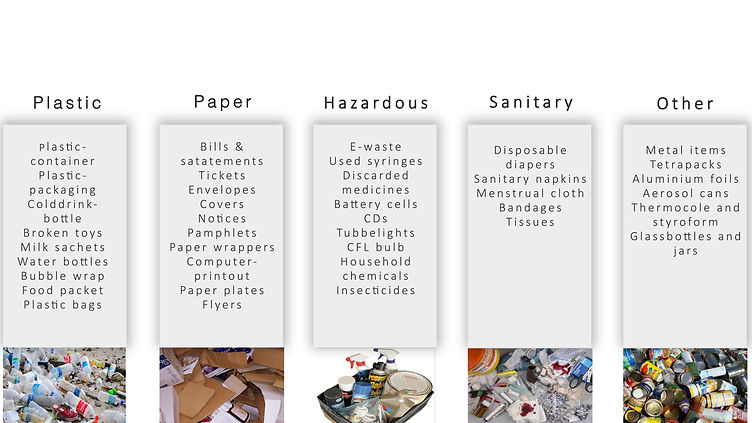
E- waste
Glass and Metal
Plastic
Paper

3. The amount of dry waste generation at individual level depends on lot of factors like -
+ Family status - Full family or bachelor
+ Lifestyle
+ Habits
I have taken survey of few floors on the building premises for a week to observe the average amount of waste generation. I have make them use same size of dustbin for clear results.
4. No standard dustbin size. Majority of house and second level collection from housekeeping uses different sizes of dustbins. Sometimes it leads to over loading, breaking of dustbins and waste falling can cause injuries.
+ 10- 45 Litre dustbins are used at household level.
+ 150+ litres dustbins are used by housekeeping staff.

5. To help corporation, some private sectors companies and societies are taking initiative to collect waste from few part of the city. In Pune, I have noticed two major private sector actively working: Adar Poona Wala-- collecting dry waste from public places and Swatch - collecting dry waste from door to door at some part of the city.
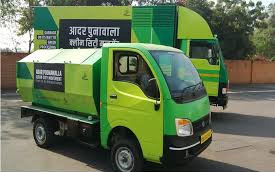
Adar Poona Wala
With 200 trucks/machines and over 400 employees they are managing to collect 60% waste of city

Swatch
They are covering 800,000 household everyday with the help of 3541 waste pickers.
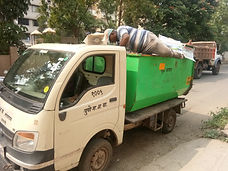
PMC Trucks
With the help of 160 trucks, 563 containers and 166 compactor buckets they are collecting waste on basis of odd even day cycle.
6. Dry waste requires more storage space. Sometimes unavailability of space leads to over loading of dustbins. To make space and store more waste in a dustbin housekeeping put pressure which sometimes leads to breaking of dustbins.
7. Housekeeping and other people involve with waste collection get infectious health problems later stages of life and handling of dangerous waste may leads to injuries. Continues working with waste sometimes makes them to avoid having their meals.


8. Rising E- commerce market leads huge demand of paper packaging. Paper and packaging waste is a significant source of secondary raw materials such as paper & cardboard, glass, wood, and plastics. Still majority of cities operate using comingled collection of paper, metal, plastic, and glass streams, which may be detrimental to the quality and quantity of recycled materials.
Target Audience

Waste Generator
+ All the residents of building
+ Doing initial segregation
+ Paying for the services
+ Disposal of different waste is a challenge

Waste Collector
+ Housekeeping staff, PMC and private sector
employee involved in waste collection
+ Doing first and second level segregation
+ Getting paid for the services
+ Dealing with health issues
Empathy Map
I have created empathy map to understand and feel what another person is experiencing from within their frame of reference from the data gathered from interviews and observations. It gave me direction to suggest design creative and economic solutions.

Waste Generator

Waste Collector
By doing system study, user interviews, observations and empathy map, I concluded the entire research as -
+ Dry waste is not segregated properly, which in case of e – waste sometimes leads to hazardous output, sanitary waste causes infection and glass-metal waste sometimes leads to injuries.
+ Dry waste occupies more storage space which turns into overloading of dustbins.
+ Need to plan proper channel for recycling and reuse of plastic and paper waste.
+ Colour coding for segregation is not followed by residents as well as housekeeping.
+ Suppression of the waste requires human contact and may lead to injuries in some case.
+ It requires huge man power to segregate dry waste as segregation doesn't have proper channel.
+ To dispose dry waste, people are end up using plastic bags.
+ User are not aware of disposal methods for different types of waste.
Insights :
Possible Solutions :
My focus was on residential building of large scale, where managing daily waste disposal itself creates a system. To make this entire system more user friendly, I came up with few creative ideas as a possible solutions -
+ Use of bio degradable waste disposal bags. For e.g. sanitary pads can be disposed in bio degradable covers to avoid spreading infections and helps protecting environment.
+ Proper standardization of dustbins for dry waste disposal at residential level.
+ Wall mounted dustbins which reduces space consumption and human contact.
+ Colour coded tags for garbage bags by housekeeping before sending it to final disposal.
+ Transportation truck with automatic loading technology to collect waste from building to avoid injuries of waste collector.
+ Dustbin with different compartment to segregate dry waste segments in public space of residential building.
+ Social awareness regarding the recycling and reuse of dry waste at home level using some campaign and advertisement.
As a part of system design study for 3 weeks, I have gained valuable experiences in -
+ Understanding big scale system as a whole and value of its component for smooth running of the system.
+ Study of external and internal component of selected sub system in detail to understand the impact of each on individual and on system.
+ Importance of empathy map to connect and feel the user perspective.
+ Suggesting solutions of series to explore possibilities and find out what works best for system.
Key Learnings :
Based on the possibilities of solutions, can work on finding out the best practical and economical solution which can help make system more fluid.
Further practical design solution can be done in future with prototyping and user testing.
Future Scope:
Check More
"Design is an opportunity to continue telling the story, not just sum everything up."
- Tate Linden
bottom of page